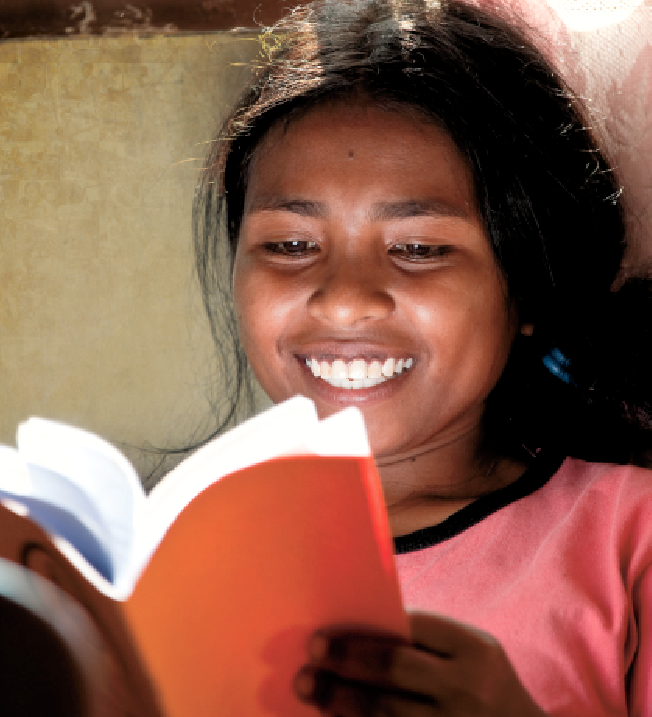A friend of mine—an aerospace engineer—views landing on the moon as one of the two great human endeavours of this era. The other one? Giving every person on the planet access to the Bible. He was born too late to participate in the moon landing, but he is determined to be part of the second achievement.
But can we really equate these two efforts? Technologists have a word for an exploratory, ambitious and groundbreaking challenge of global proportions: a “moonshot.” Does Bible translation fit that category?
The vision to reach all peoples through their minority languages first came to Cameron Townsend a century ago. After completing a single New Testament 15 years later, he concluded that the Bible in the tongues of every indigenous people was their only hope. It would be a long, difficult and costly job, but he committed himself to surmount the need in his generation.
Townsend’s vision was certainly audacious in 1933! Only about 500 languages had a New Testament or Bible. The best research suggested perhaps 1,000 more languages needed translation. Applied linguistics and mother-tongue literacy were fledgling fields of study. Software, digital strategies and audio recordings were decades away. There were no people to do the translation, no airplanes or boats to take them to isolated language groups. For many reasons, this vision seemed absurd.
Rather than lamenting obstacles, Townsend built one organization (SIL) that became the world leader in minority language studies, applied linguistics and mother-tongue literacy. He created another (JAARS) to take on geography and technology challenges, and a third (Wycliffe Bible Translators) to resource the work of translation on the field.
Over time the original structures changed to keep up with the movement of God: decentralization to become a global movement without Western dominance and control; strong local organizations that could take the lead in translation within their own countries; and creative and flexible strategies and structures for the political and economic realities of each unique context.
It also became clear that our real goal was actually much more challenging. Rather than simply translating a book, we needed to become catalysts for individual, family and community transformation. That led us into more holistic projects emphasizing “language development”—activities that enable a given people group to use its own language more effectively for the overall good of its speakers. These include literacy, mother-tongue education, ethno-arts, community development and health awareness.
Cameron Townsend, on his deathbed in 1983, lamented, “I’m not going to see it, am I?” His vision still seems impossible. After 84 years of work, Bible translation still needs to be started in about 1,600 of the world’s 7,100 languages—in some of the most dangerous locations where geography, politics and limited religious freedom are huge obstacles.
But today we are within striking distance of seeing his vision completed. The future is bright. Active translation or other language work is happening in 2,600 languages and a global Church in 60 countries is contributing to the task. Innovation through technology and methodology is gaining momentum.
As Wycliffe Canada celebrates 50 years of existence as a charity, I firmly believe this moonshot is the specific purpose God has for Christians in this generation. God willing, we will see Bible translation begin and finish in the last remaining languages.
Finishing what Townsend envisioned will be a difficult and costly job. Individual translation projects face intense opposition as they near the finish line; imagine what we will encounter the closer we get to zero remaining languages. But it will be so worth it.
This is our moonshot. How will you be part of it?
